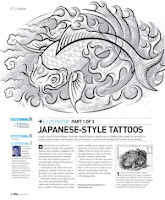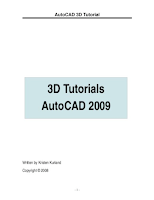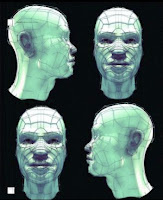This tutorial shows you how to create 3D book icon from scratch using Adobe Illustrator. This useful illustrator tutorial you can use as a reference guide for making another 3D icon. This step by step tutorial is easy to follow for the beginner.
With pictures and detail explanations, this tutorial guide you with easy and clean explanation of tutorial. Word from author "Open a new document, I'm working with a 800x600 px workspace, and CMYK colors. Draw a shape with your Pen tool (P), as you see in the image. If you're not familiar using the Pen tool, than you can try to create a rounded rectangle with the Rounded Rectangle tool, and with the help of a rectangle you can cut out a shape that you need (Window > Pathfinder > Alt + Subtract). Add a point to the right side of the shape, and delete it. So you have the shape. As you can see, it's more easier to draw with the Pen tool. The final shape has a 115px width, and 26px height.
Follow illustrator tutorial Creating 3D Book Icon
Continue to read...




